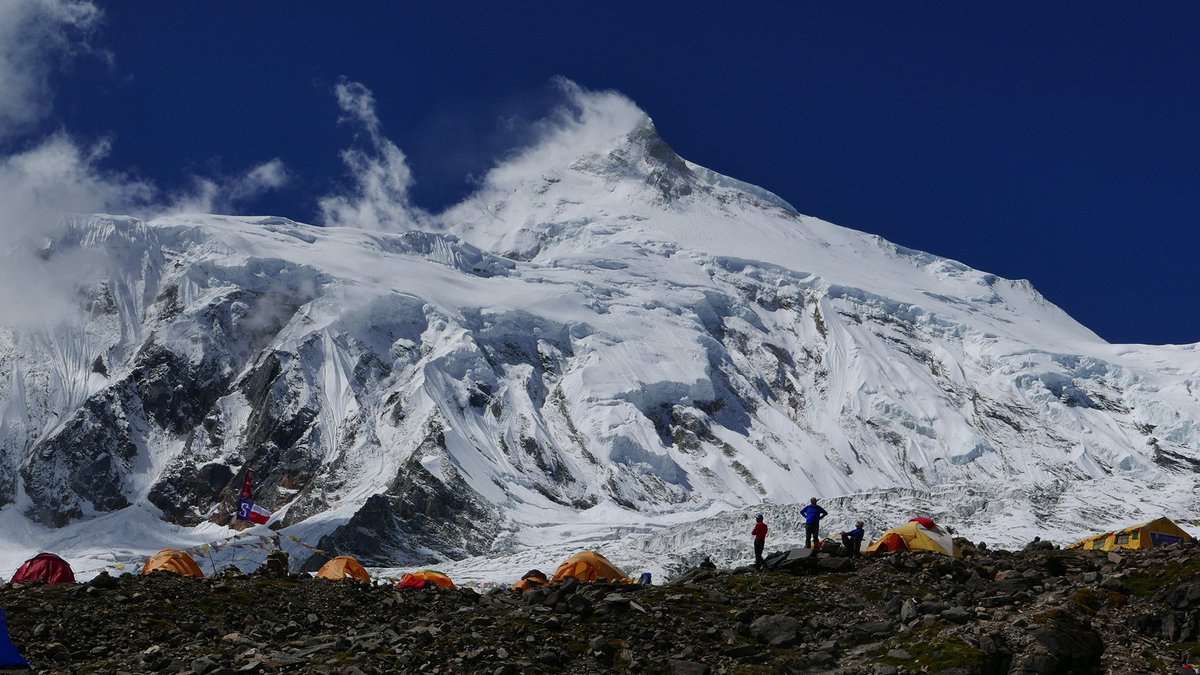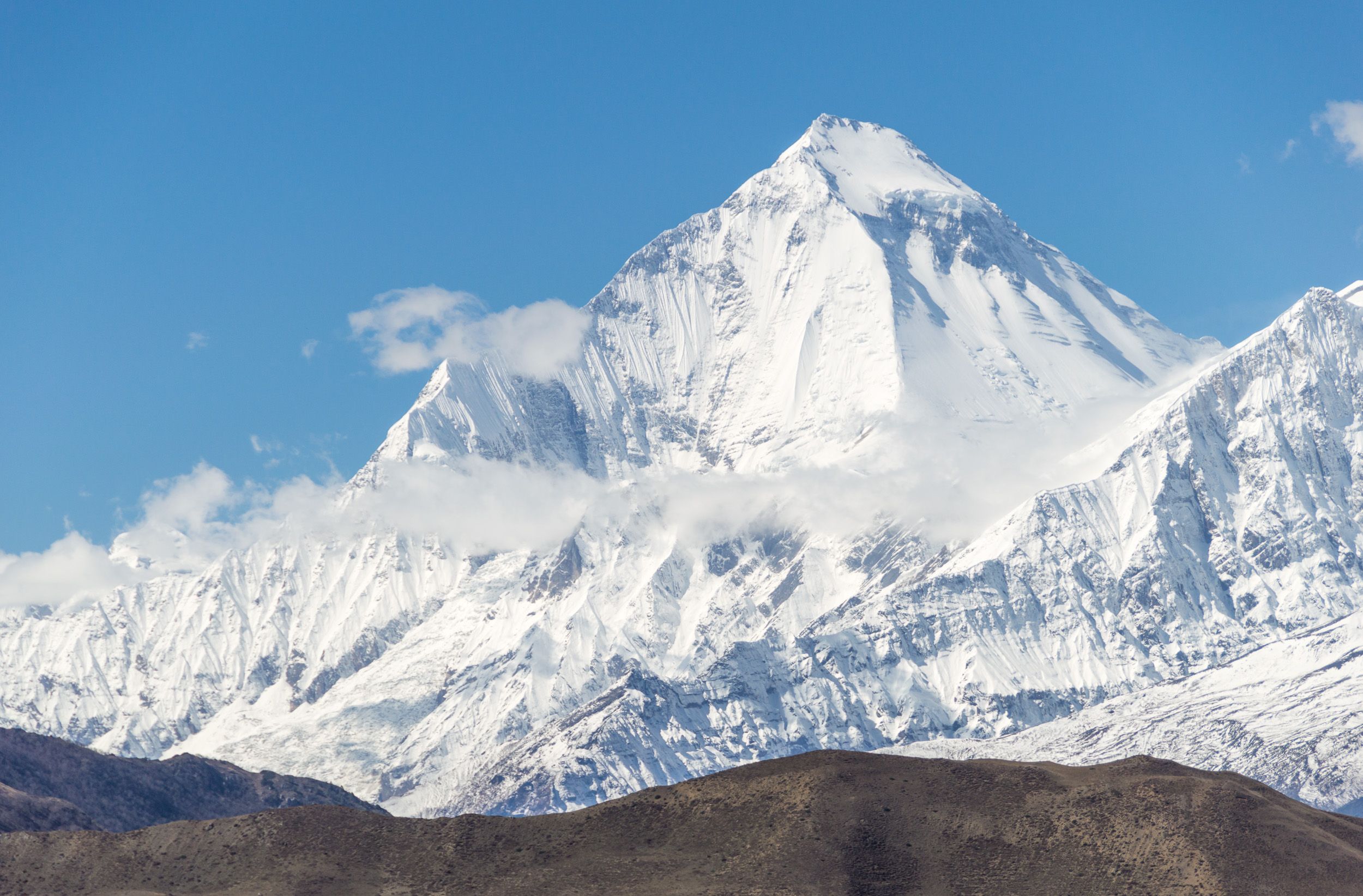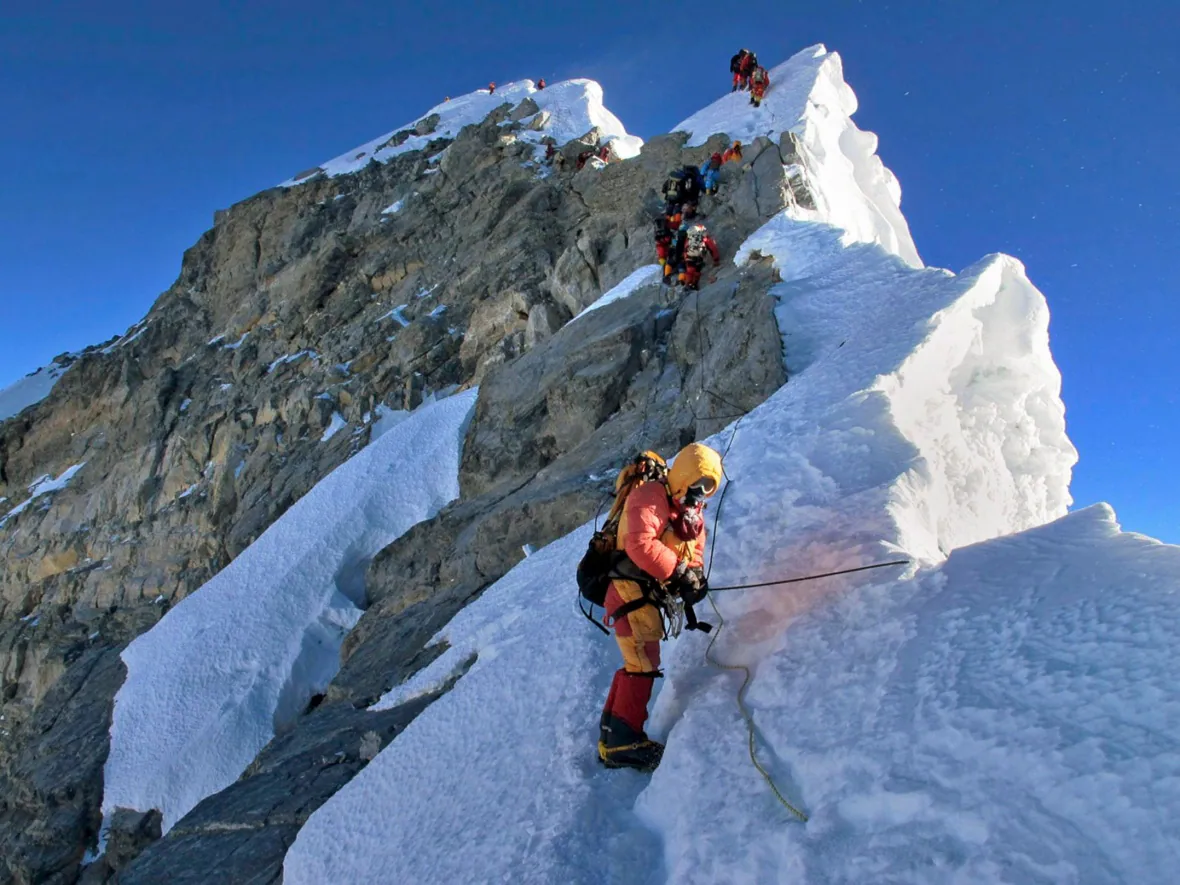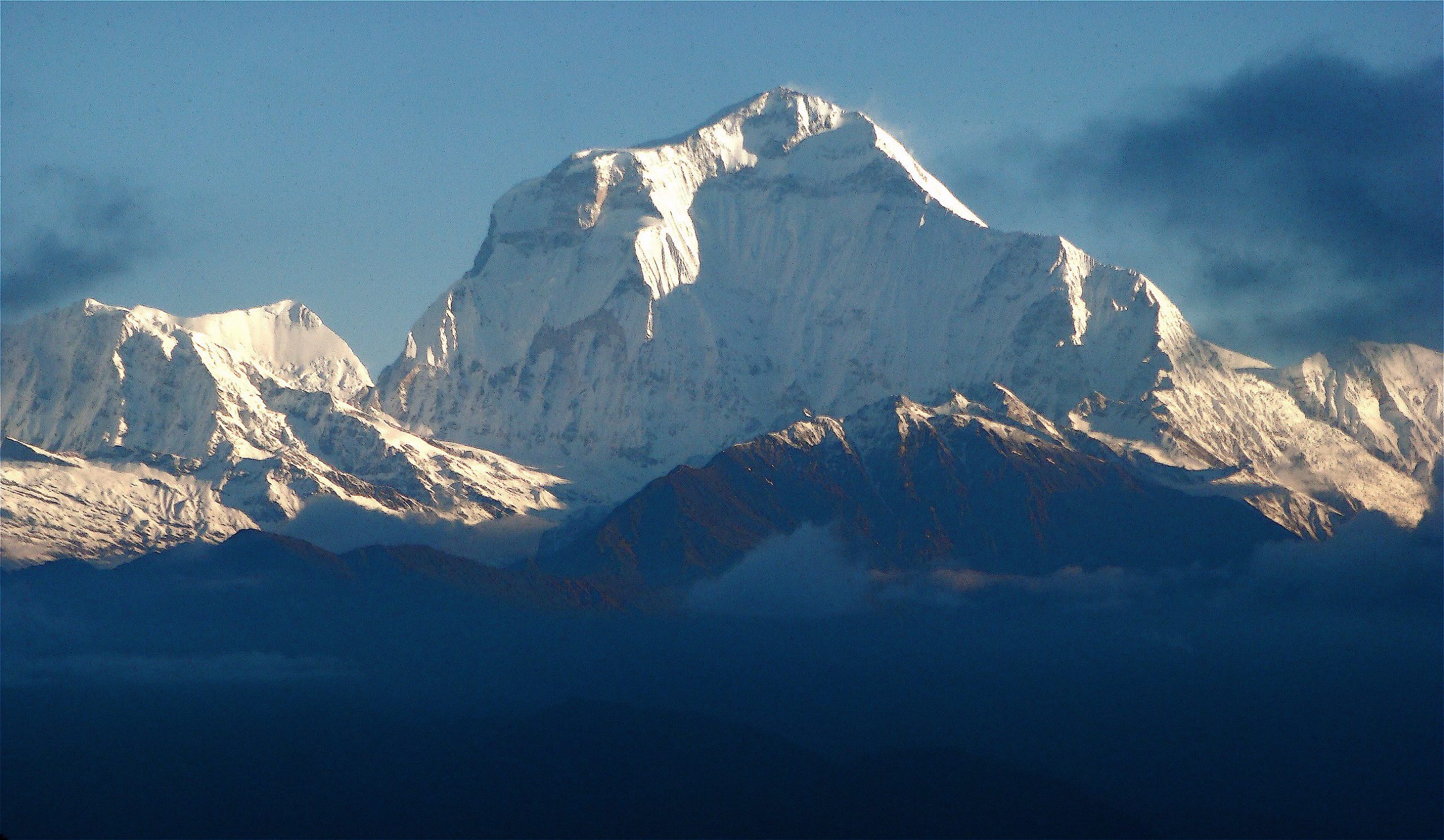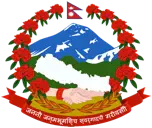Ama Dablam Expedition 2023/2024 Overview
Mount Ama Dablam of 6,812-meter altitude is a popular mountain of the Everest region renowned for its beautiful outlook deriving its name from the glacier of the southwest face. The glacier resembles a jewel box hanging on the neck of the mountain which further resembles the jewel box necklace on the neck of Himalayan Sherpa women. So the mountain was given name as My Mother’s Jewel box necklace in locale language leading to the name as Ama Dablam where Ama is Mother and Dablam is a jewel box.
The Ama Dablam Expedition is an exciting mountain climbing ascending over one of the most wanted Himalayas of the Everest region. Mount Ama Dablam is a renowned mountain for its beautiful looks for a long time. Mount Ama Dablam looks like a pyramid of ice with sharp ridges. The mountain is difficult in climbing due to its steep snow and ice glacier lying over a rocky foundation. The ascend to the top is made through the South-west ridge route. The Ama Dablam Expedition is scheduled with three high camps beside the first base camp. The climbing to High-camp1 is easy climbing as a regular mountaineering expedition ending at High-Camp2. The route from High-Camp2 is mostly covered with steep alleyways of rock, snow, ice glacier, ice tunnel going over the ridge of snow that takes the climbers to High-Camp3. The climb from Camp3 is a steep climb towards the huge hanging glacier of the mountain or the Dablam which is a bergschrund. The final landing on the top is a long steep climb over the snow and ice glacier to the summit. The summit of Mount Ama Dablam has rewarding views of Mount Everest, Mount Lhotse, Island Peak, Mount Makalu, Khumbu Himalayas, and the rest of the surrounding mountains.
Itinerary
Day 01 Arrival in Kathmandu and transfer to hotel (1340m) stay overnight
Day 02 Preparation day in Kathmandu
Day 03 Fly to Lukla and trek to Phakding (2800m) approx 4 hrs
Day 04 Trek from Phakding to Namche Bazaar (3440m approx 6hrs walk)
Day 05 Namche Bazaar rest day for acclimatization, you may walk to Everest view Hotel (3800m approx 2 hrs) seen Everest range mountain, back to Namche and visit Hilary and Sherpa museum.
Day 06 Trek from Namche Bazaar to Pangboche
Day 07 Trek to Ama Dablam Base camp (4400m Approx 4 hrs walk)
Day 08 Base Camp preparation.
Day 09-26 Climbing period
Day 27 Trek from Ama Dablam base camp to Namche
Day 28 Trek back to Lukla
Day 29 Fly from Lukla to Kathmandu
Day 30 Final Departure


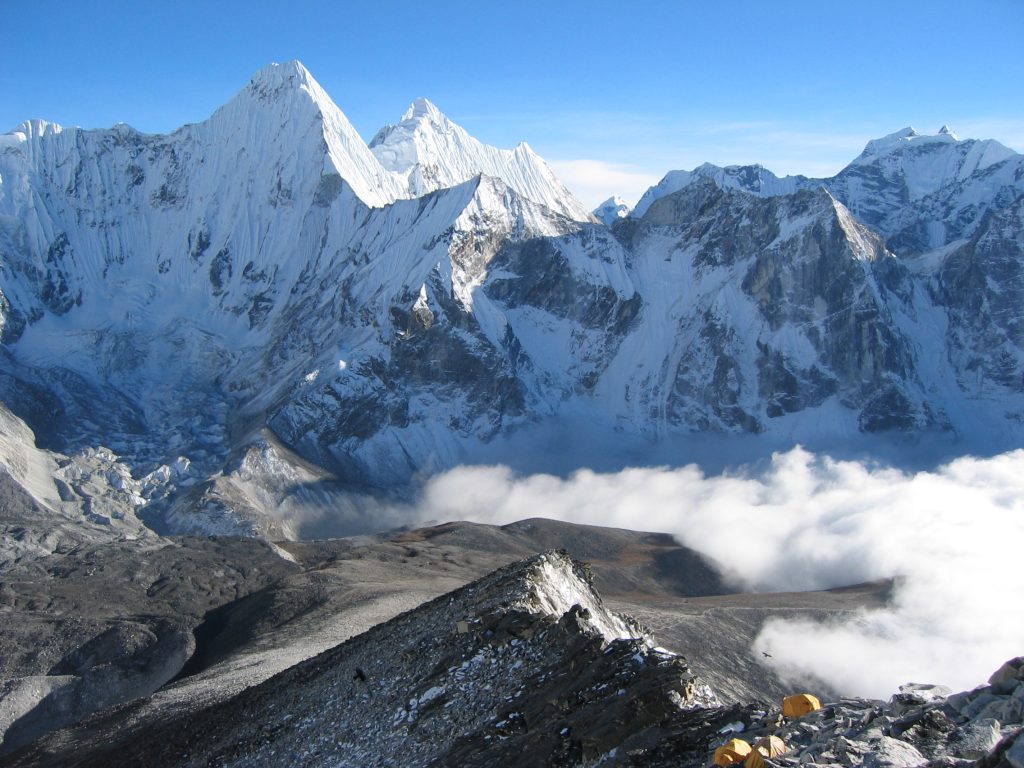
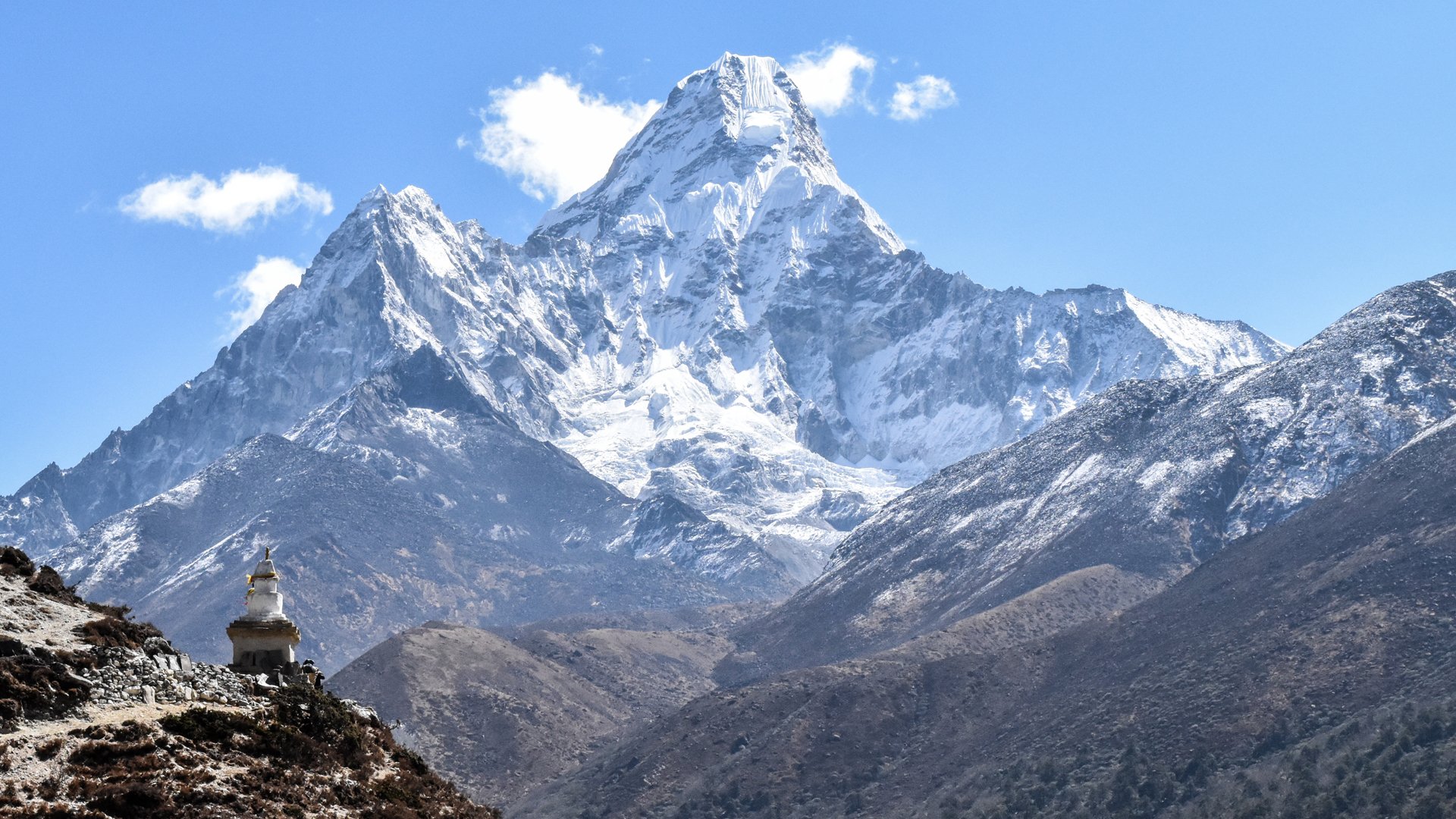
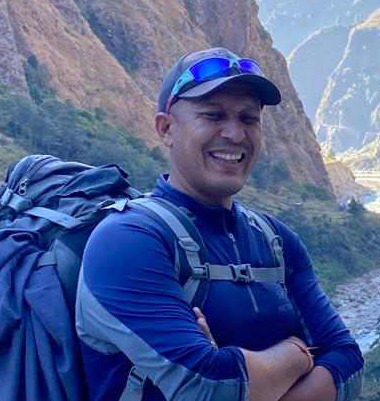 Have Questions?
Have Questions?
